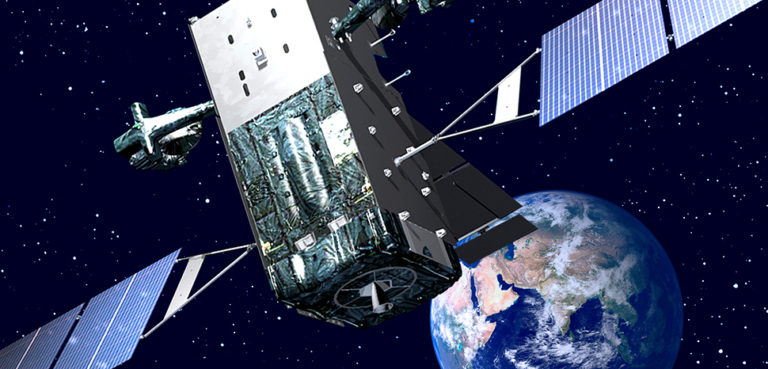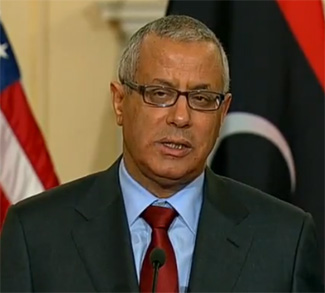Space warfare is typically viewed as a geopolitical threat that lies on the perpetual horizon, but in reality, the weaponization of outer space is already happening. Take for example 2023 testimony from Assistant Secretary of Defense for Space Policy John F. Plumb, who informed the Department of Defense in 2023 that outer space threats have escalated significantly in both number and sophistication in recent years. More specifically, Plumb warned that the People’s Republic of China (PRC) has already developed ground-based counterspace weapons and is advancing its capacity to destroy or disable US satellites. The effort is part of China’s broader space architecture, which seeks to bolster the People’s Liberation Army (PLA) capacity to conduct long-range precision strikes, thereby posing a direct challenge to US military operations in the Indo-Pacific region.
Plumb and others have noted that Russia is also honing its capacity for space warfare, notably by refining its counterspace systems, including both ground-based and space-based kinetic anti-satellite weapons. Separate comments from National Security Advisor Jake Sullivan revealed that Russia is currently developing a satellite equipped with a nuclear device. Furthermore, in 2022, Russia is known to have launched the Kosmos 2553, its first ‘Neitron’ radar satellite, and presumably the product of a broader Russian program aimed at developing nuclear anti-satellite (ASAT) weapons. In terms of military tactics, Russia’s nuclear ASAT weapons are a natural countermeasure to the United States’ growing reliance on large satellite constellations like SpaceX’s Starlink and the Space Development Agency’s Proliferated Warfighter Space Architecture. It’s generally assumed that Moscow intends to use its Kosmos-2553 satellite to exploit the Van Allen radiation belts, creating zones of high radiation that can gradually degrade satellite electronics in low-Earth orbit. Such an approach would allow Russia to disrupt US satellite networks without having to resort to direct kinetic strikes.




